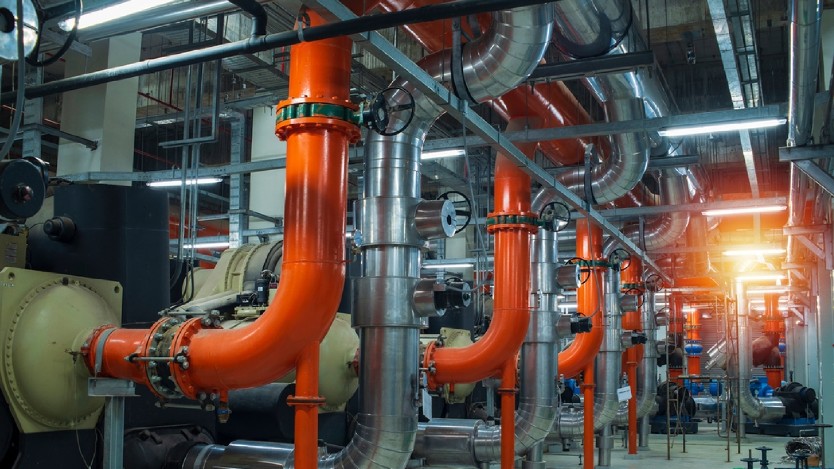The study examines the potential for GHG emissions reduction and energy consumption in India through the adoption of a mandatory efficiency labeling program for chillers in India.
Cooling is a necessity across multiple sectors such as automotives and transportion, industry, residential & commercial spaces, cold chain and refrigeration, etc. As the associated sectors continue to grow, the demand for cooling has increased and the market has grown at a CAGR of ~8.5% over the past five years.
The growing chiller market also gives India an opportunity for energy savings, resulting in low carbon footprint by weeding out inefficient chillers through mandating the S&L program. According to the India Cooling Action Plan (ICAP), chiller systems will comprise 11% of space cooling energy use by 2037–38. Additionally, the installed capacity of chillers in India is expected to reach 38.1 million Tons of Refrigeration (TR) by 2037-38, growing from the present 5.7 million TR as of 2017-18.
This report highlights the transition of the current voluntary Standards and Labeling (S&L) program for chillers to a mandatory one, which was initiated in September 2018. The voluntary phase has 46 chiller models registered across 6 key manufacturers. To prepare for the mandatory phase, understanding the Indian chiller market’s current state is crucial. This study compiles comprehensive data from primary and secondary sources and provides recommendations for the mandatory phase of the chiller S&L program.
This The Bureau of Energy Efficiency’s (BEE) policy for chillers can enhance energy-efficient chiller adoption. This growth also aligns with India’s energy-saving objectives and reduces carbon footprint by eliminating inefficient chillers through mandatory S&L measures.
BEE and CLASP aim to mandate the existing voluntary S&L program. To achieve this, they coordinated with Environmental Design Solutions for a comprehensive Indian chiller market assessment. The research covers various aspects including market size, segmentation, and performance data for different chiller types and capacities.
The study’s outcomes encompass The cumulative energy savings from the chillers labeling program till 2030 is estimated to be 19.3 TWh and 15.9 million-ton CO2e. Refer section 5 of the report for detailed analysis.
Insights into the performance distribution of current market-available chillers, alongside overall performance enhancements compared to 2020.
For the study, technical committee meetings were held with stakeholders, including manufacturers, manufacturers’ associations, NABL BIS, and test labs. These meetings enabled players in the market to present the challenges faced by them to the BEE and the committee.
During the stakeholder discussions, BEE and technical committee members jointly decided to transition the program to a mandatory labeling scheme from 1st Jan 2024, with validity till 31st Dec 2025.
Cookie Consent
We use cookies to personalize your experience. By continuing to visit this website you agree to our Terms & Conditions, Privacy Policy and Cookie Policy.















